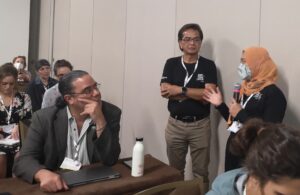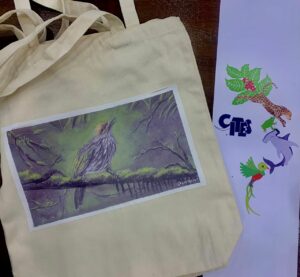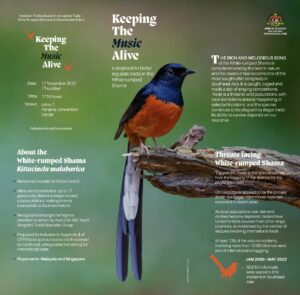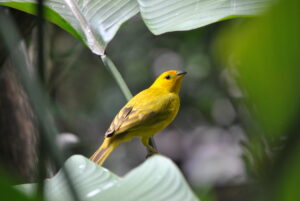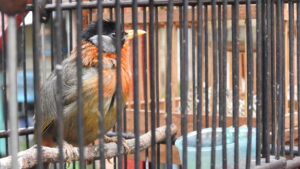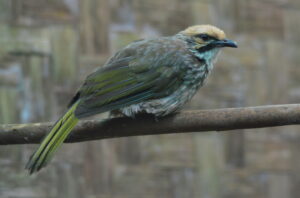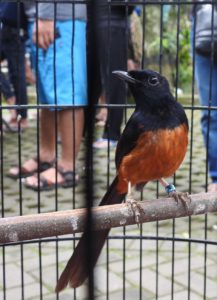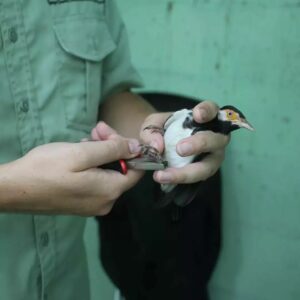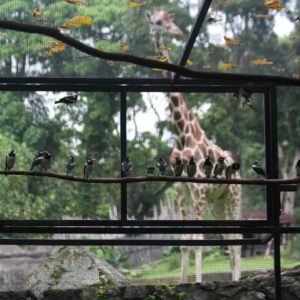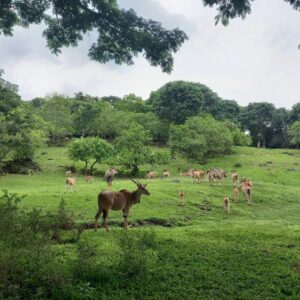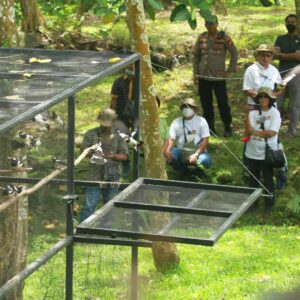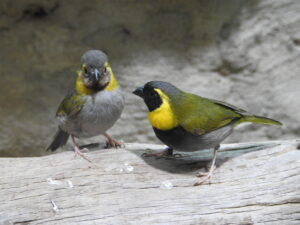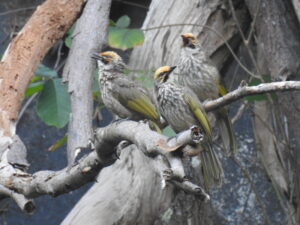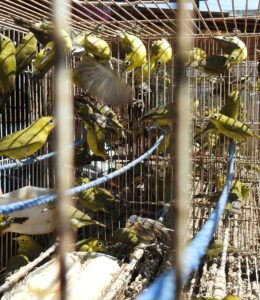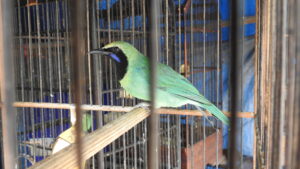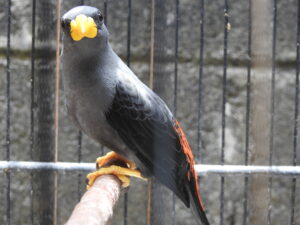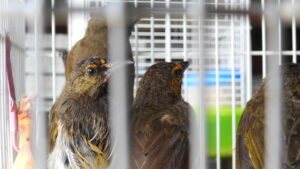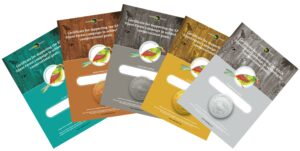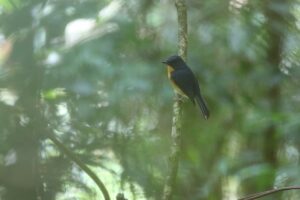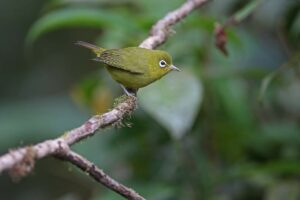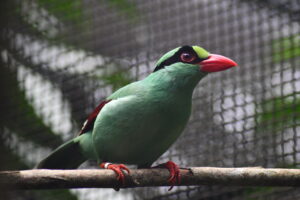Text by Loretta Shepherd/Monitor, Images Simon Bruslund/Silent Forest
A recent joint Monitor (Monitor Songbird Lab) study published in the European Journal of Wildlife Research highlights a concerning trend: the rapid emergence of a trade in New Guinea’s butcherbirds (Cracticinae) in Indonesia. The research, conducted jointly with Oxford Wildlife Trade Research Group, Lincoln Park Zoo, Copenhagen Zoo and the EAZA Silent Forest Group, underscores the urgent need for action to prevent further decline of these species in the wild.
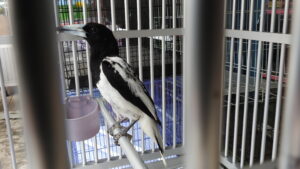
The key findings of the study:
- Since 2016, the trade in butcherbirds has escalated significantly, with 235 butcherbirds recorded in 57 surveys across Java, Bali, and Lombok.
- The highest numbers were found in cities closer to their natural habitats, such as Mataram and Denpasar.
- Despite existing regulations, the trade in butcherbirds remains largely uncontrolled, posing a serious threat to their conservation status.
In light of these findings, the researchers make several urgent recommendations:
- Enhanced Enforcement of Trade Regulations: The study found that current efforts to regulate the trade in butcherbirds are insufficient. Strengthening enforcement mechanisms and ensuring strict compliance with existing laws is crucial. This includes monitoring both physical and online markets to curb illegal trade activities.
- Inclusion of Butcherbirds in Protected Species List: Butcherbirds are not currently included in Indonesia’s protected species list. Given the increasing threat, it is imperative that these species be added to the list to provide them with legal protection against hunting and trade.
- Public Awareness and Education Campaigns: Raising awareness about the conservation status of butcherbirds and the impact of the songbird trade is essential. Educational campaigns targeting hobbyists, traders, and the general public can help reduce demand and promote sustainable practices.
- Research and Monitoring: Continuous research and monitoring are necessary to track the population trends of butcherbirds and assess the effectiveness of conservation
“The illegal and unsustainable songbird trade is major threat to the survival of a growing list of species.” said Dr Chris R. Shepherd, Executive Director of Monitor and lead author on this paper. “In Asia, Indonesia has the largest trade in illegally and unsustainably sourced songbirds, and we therefore strongly encourage the Government of Indonesia to take firm action against poachers, illegal sellers and anyone buying such species.”

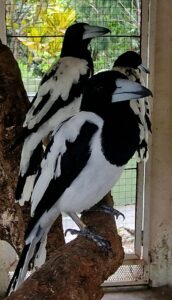
“The recent emergence in popularity of the butcherbirds exemplifies the ever-growing and constantly changing demand.” said Shepherd. “Monitoring of the trade is essential to stay on top of trends and to try and reduce the threat as much as possible.”
The Monitor Conservation Research Society (Monitor) works with partners around the world to reduce the threat of illegal and unsustainable trade to songbirds and many other groups of threatened species.
All authors of this study are members of the IUCN SSC Asian Songbird Trade Specialist Group, which was established to tackle the threat of trade to Asia’s passerines.
A newly emerging trade in New Guinea’s butcherbirds (Cracticinae) in Indonesia was published in the European Journal of Wildlife Research.
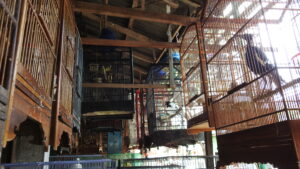

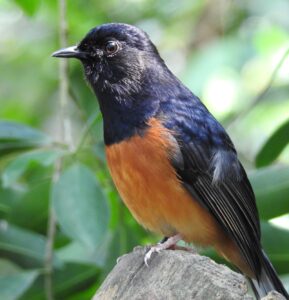
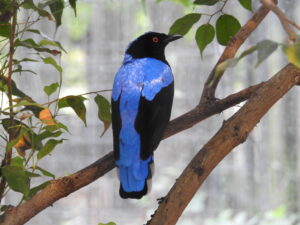
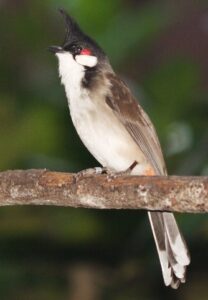
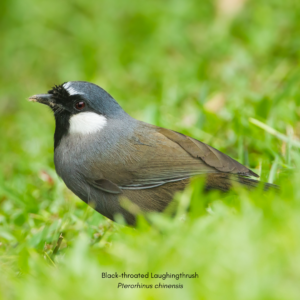
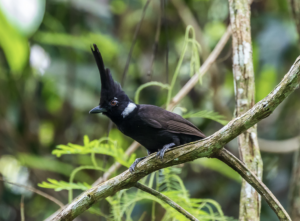
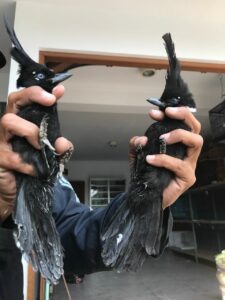
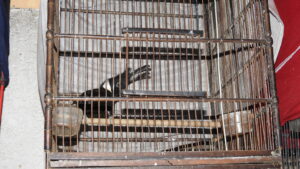
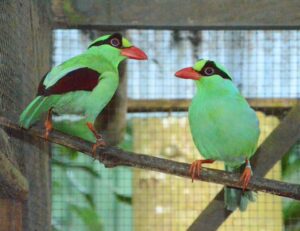

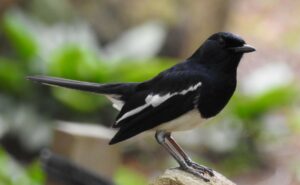

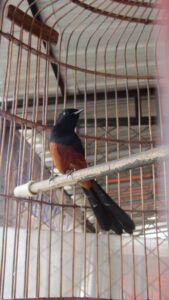 In the case of the White-rumped Shama nearly all range-states actively spoke out in support of the proposal, and none opposed this proposal. Particularly important was Indonesia who formulated their commitment for the conservation of this species which have the highest diversity of subspecies, in this country, with many of which are under serious pressure due to the trade.
In the case of the White-rumped Shama nearly all range-states actively spoke out in support of the proposal, and none opposed this proposal. Particularly important was Indonesia who formulated their commitment for the conservation of this species which have the highest diversity of subspecies, in this country, with many of which are under serious pressure due to the trade.
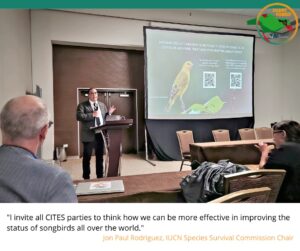

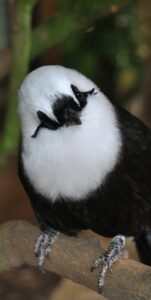
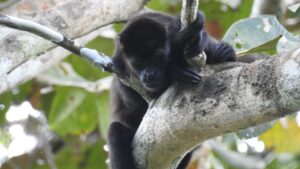
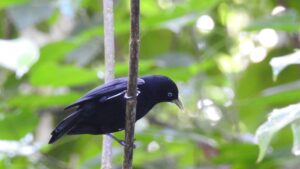
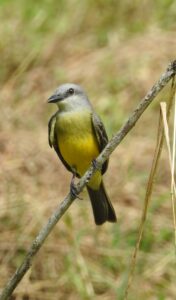
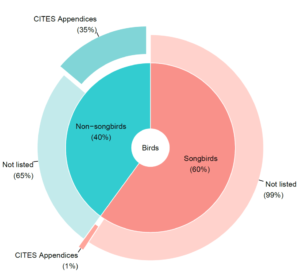
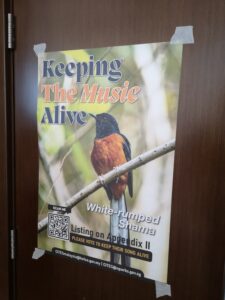 Under the title Keeping the Music Alive the governments of Malaysia and Singapore held a wonderful side event aimed at explaining the rationale behind the two proposals, 8 and 9 on the
Under the title Keeping the Music Alive the governments of Malaysia and Singapore held a wonderful side event aimed at explaining the rationale behind the two proposals, 8 and 9 on the  extinction it’s appendix I listing will allow more control, enable establishment of only sustainable captive breeding and trade to be legal and for illegal activities to be punished harder. It is also apparent that the White-rumped Shame is currently on the same path which have led the Straw-headed Bulbul to the edge of extinction a CITES appendix II listing in this species is only one conservation tool needed to keep this species away from a Red Listing and avoid further local extinctions. In conclusion;
extinction it’s appendix I listing will allow more control, enable establishment of only sustainable captive breeding and trade to be legal and for illegal activities to be punished harder. It is also apparent that the White-rumped Shame is currently on the same path which have led the Straw-headed Bulbul to the edge of extinction a CITES appendix II listing in this species is only one conservation tool needed to keep this species away from a Red Listing and avoid further local extinctions. In conclusion; 